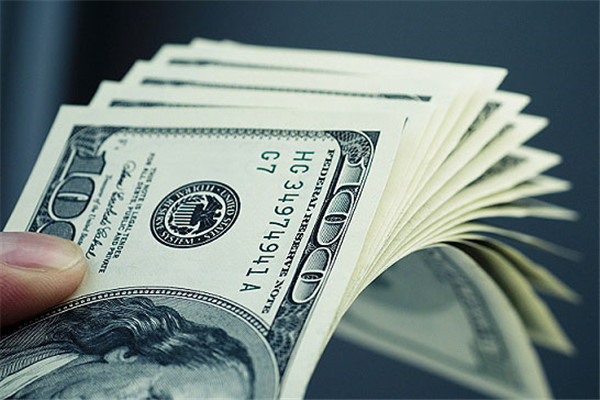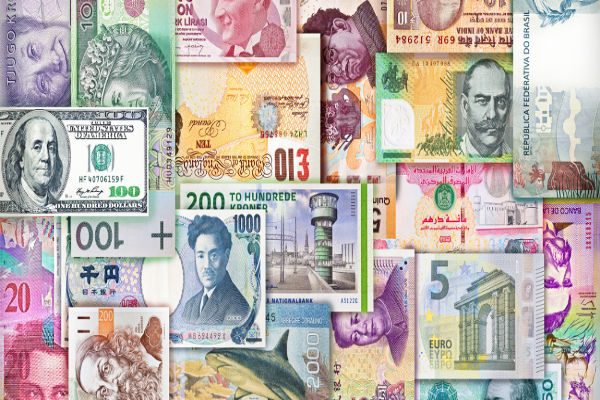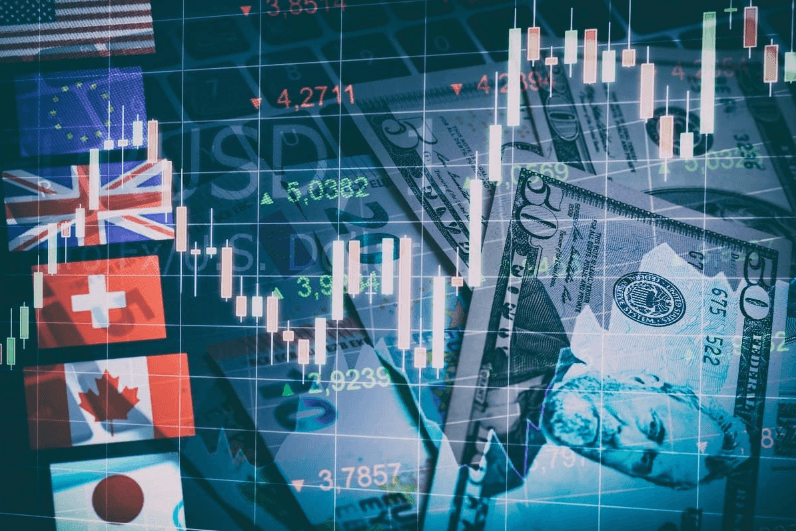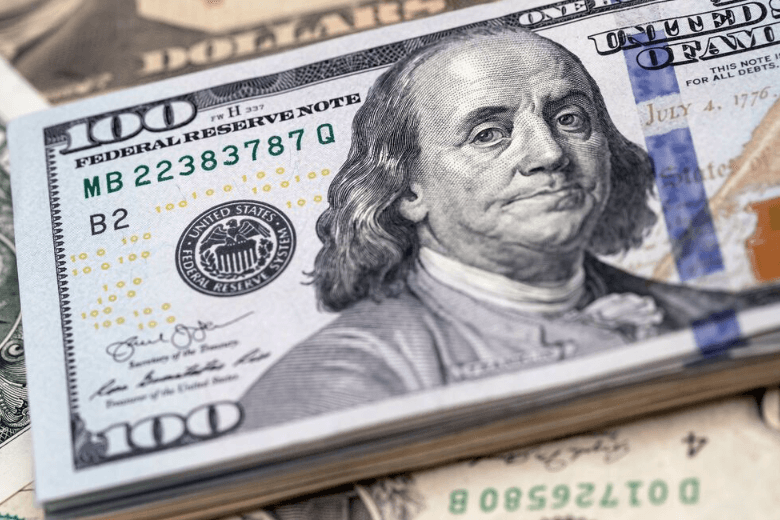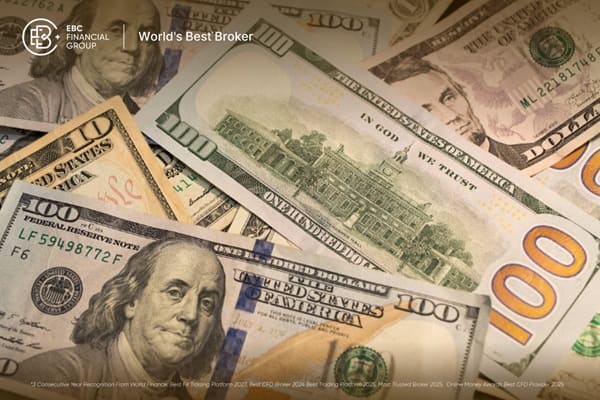Foreign exchange reserves refer to the foreign exchange assets held by a
country, including foreign exchange cash, foreign exchange deposits, foreign
exchange Securities, etc. Foreign exchange reserves are an important fiscal
indicator for a country and can be used to maintain exchange rate stability,
respond to international financial crises, and promote international trade. The
scale and structure of foreign exchange reserves reflect a country's economic
strength and international status. At present, China holds the largest foreign exchange reserves in the world, with a reserve scale exceeding 3 trillion US dollars. The management and utilization of foreign exchange reserves are of great significance for a country's economic development and financial stability.
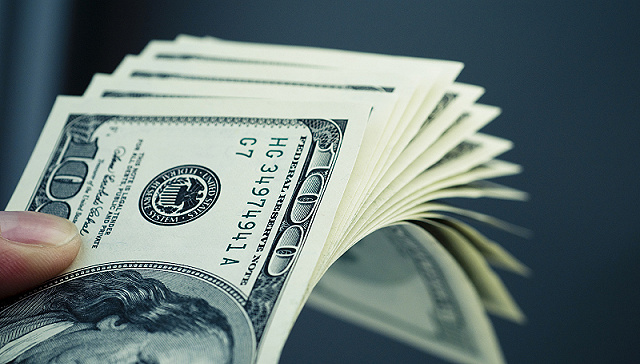
What Does Foreign Exchange Reserve Mean?
Foreign exchange reserves, by official definition, are the foreign exchange
assets that government agencies collectively hold in response to international
payment demands.
Simply put, if China wants to trade with other countries but does not
recognize the RMB held by other countries and requires other international
currencies such as the US dollar, then it needs to use the foreign currency
stored for trading. The portion of along long-terms funds stored for overseas transactions is known as foreign exchange reserves.
There are generally two sources of foreign exchange reserve:
1. Exports by enterprises and workers: When they sell their products overseas, they usually settle in foreign currency. However, it is difficult for ordinary people to use foreign currency domestically. Therefore, they will go to the bank to exchange it for RMB, which then becomes foreign exchange reserves.
2. Foreign investment: Foreign investors conducting investment activities in China need to convert foreign currency into RMB. The converted foreign currency naturally flows into foreign exchange reserves.
Foreign exchange reserves include various foreign currencies, such as the US
dollar, Japanese yen, British pound, etc. The exchange rate of each currency
will change with different market factors. If there are too many foreign
exchange reserves, there are too many types. Different foreign exchange risks
are likely to lead to the depreciation of assets held.
What Is the Role of Foreign Exchange Reserves?
The functions of foreign exchange reserves include:
1. Adjusting the balance of international payments and ensuring external payment capacity: The US dollar is the main trading tool in the world, and some foreign trade enterprises must exchange foreign currencies. Therefore, storing foreign exchange reserves enables these enterprises to "have currency to exchange".
2. Currency intervention to stabilize the exchange rate of the local currency: For example, when the Chinese yuan depreciates, it is necessary to sell the yuan and store the US dollar. When the RMB appreciates, it is necessary to sell off the US dollar and stabilize the price of the RMB through policy intervention.
3. Maintaining the international reputation of the RMB and improving its external financing capacity: By stabilizing the domestic exchange rate, the credibility of the RMB in the international arena is improved, enhancing its ability to raise external financing.
4. Strengthening comprehensive national power and the ability to resist risks: A certain amount of foreign exchange reserves plays an important role in the development of a country's international trade and can improve comprehensive national power.
